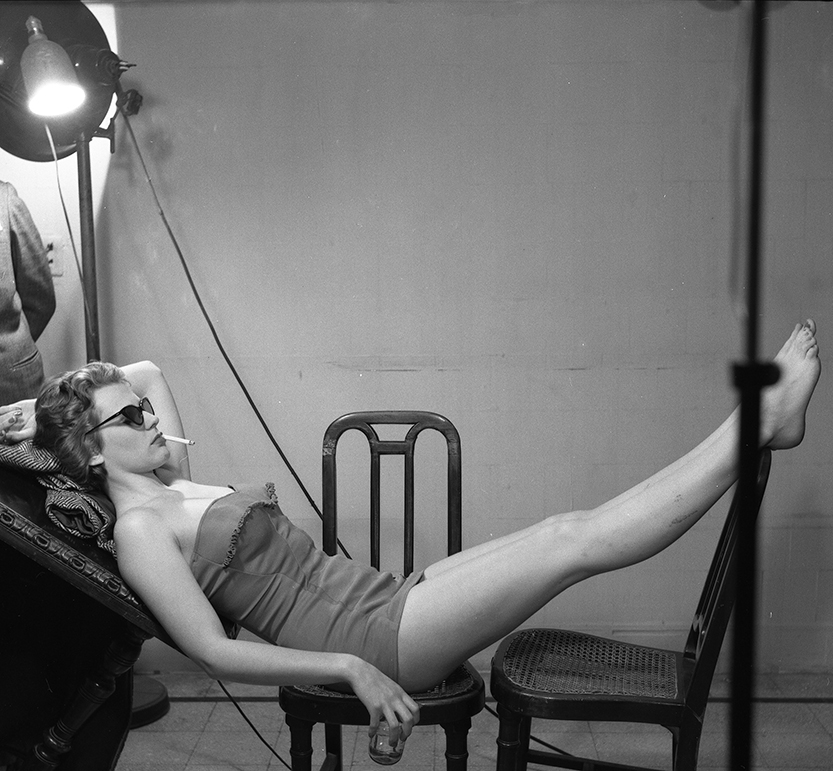(Poland, 1922 – Argentina, 1994) Settled in Buenos Aires in 1925, since he was 15 years old he trained as a self-taught photographer while he developed his interest in painting, studying at the Escuela Nacional de Bellas Artes Manuel Belgrano. Since 1945 he founded and edited the literary magazine Gaceta del Libro and participated in Claridad and the Teatro del Pueblo, whose activities he photographed, portraying figures such as Josefa Goldar, Leónidas Barletta and Raúl de Lange. In those years he joined the Foto Club Buenos Aires, where he was jury of awards and exhibitions, as well as the Federación Argentina de Fotografía and the Fédération Internationale de l’Art Photographique. Since 1957 he was a fashion photographer for the Claudia magazine of Editorial Abril, where he developed his own style that articulated the glamour of the genre with a fine sense of irony, appropriate to the sophisticated and cultured reader that the magazine postulated. Simultaneously, he worked as an advertising photographer for agencies such as Gowland or Yuste, in commercials and institutional productions for numerous Argentine and foreign brands: from Hellmann’s and La Serenísima to L’Oréal, Atanor, Coca-Cola or Ford, and also for entities such as the Patronato de la Infancia or Aerolíneas Argentinas. In this context he worked with future stars such as Susana Giménez, Isabel Sarli or Claudia Lapacó, and already established figures such as Amelia Bence, Rodolfo Ranni or Juan Carlos Castagnino. Senderowicz’s extensive production over four decades would become an essential component of the Argentine visual culture of the 20th century, and an unavoidable document of the tastes and consumption of mass society. The defense of intellectual property and the professional hierarchization of photography was articulated with Senderowicz’s interest in its aesthetic possibilities, which he explored through his participation in the group La Carpeta de los Diez, together with Annemarie Heinrich, Anatole Saderman and other referents. Within and outside this group -with which he exhibited at the Teatro Ópera in 1959- Boleslaw built a solid experimental production where masking, mounting negatives, retouching and other procedures typical of his commercial work became powerful resources of poetic distancing and playful exploration of the expressive possibilities of photography. In 1990 he held his first individual retrospective at the Fotogalería del Teatro Municipal General San Martín. More recently, his work was exhibited in several editions of Buenos Aires Photo and the exhibition Mundo propio. Fotografía moderna argentina 1927-1962, held at MALBA in 2019. The book Boleslaw Senderowicz. Fotógrafo (Ed. Vasari, 2019), compiled by Paula Senderowicz and Diego Guerra, gathers part of his production and recovers his career.


 Senderowicz Boleslaw
Senderowicz Boleslaw